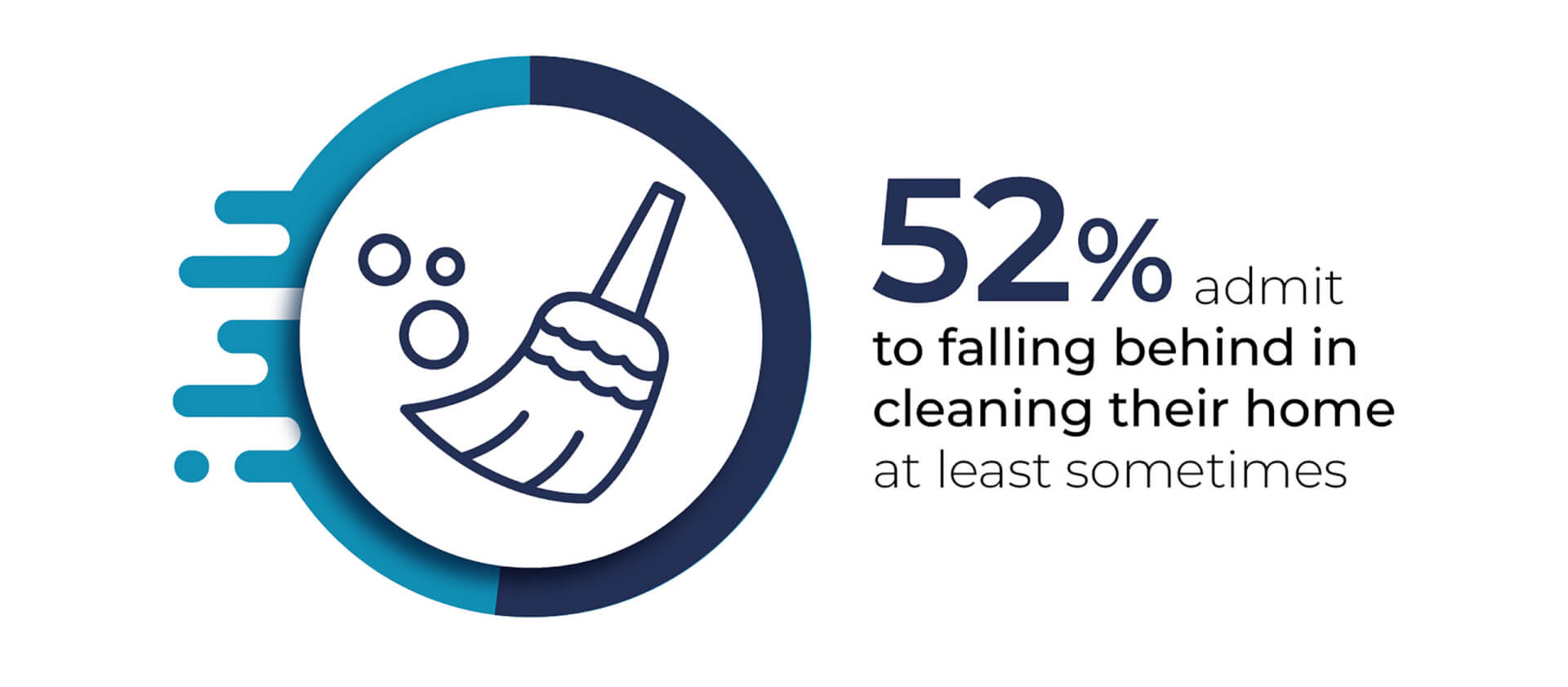 According to the American Heart Association, about 80 million adults in the United States have at least one form of heart disease. To reduce your risk of developing heart disease, make sure your diet contains heart healthy foods. Where should you start? How about right in your own backyard!
According to the American Heart Association, about 80 million adults in the United States have at least one form of heart disease. To reduce your risk of developing heart disease, make sure your diet contains heart healthy foods. Where should you start? How about right in your own backyard!
When you grow your own vegetables, not only do you get the convenience of having the fixings for a healthy dinner right outside your door, but your vegetables contain more nutrients than store bought ones. Believe it or not, vegetables start losing nutrients as soon as they are harvested, and the quality of the vegetables diminish as sugars are turned into starches. For the tastiest veggies with the best nutrition, try growing some of the following heart healthy veggies in your own garden. The best part about these nutritious veggies is that they can also be grown in containers as well:
Rosemary is an herb that is rich in the antioxidant carnosic acid, which may help reduce weight gain and improve cholesterol levels. Rosemary grows best in six hours of direct sunlight each day.
Avocados are full of vitamins E, B6 and carotenoids, which are high in vitamin A. Avocados help reduce the risk of cancer, heart disease, and eye degeneration. The easiest way to grow avocados is to purchase a dwarf avocado plant. Ripe fruits can be left hanging on the tree for a few weeks, but any longer they will begin to lose their flavor and texture.
Lemons are packed with vitamin C and antioxidants, which reduce the risk of heart disease and inflammation. Most lemons will ripen in six to nine months.
Carrots are a great source of vitamins and minerals, including thiamin, niacin, folate, manganese, potassium, and vitamins B6, A, C, and K. They also supply carotenoids, which are excellent for the eyes. Carrots are ready to be picked when they grow about ¾ of an inch across the top, just below the green stem.
Tomatoes contain lycopene, which has antioxidant and anti-inflammatory properties that may prevent coronary heart disease. For a continuous supply of tomatoes, start one or two new plants from seed every two weeks. When plants bloom, tap the main stem and larger side branches with your finger to encourage pollination.
Garlic is a cancer-fighting superfood that has been linked to improvements in high blood pressure, high cholesterol, heart disease, and certain types of cancer. With the peel on, break a garlic bulb into individual cloves. Push each individual clove about an inch into the soil, pointy end up. Plant about 12 cloves close together. Green shoots usually appear in about a week.
Cilantro contains high levels of carotenoids, which are a good source of vitamin A that helps protect against heart disease, stroke, and cancer. Cover the container with plastic wrap. After a few days, remove the plastic wrap once the seedlings have germinated and are pushing against the plastic.
Beets are high in iron, potassium, vitamin C, calcium, magnesium, zinc, and vitamins A and B6. Beet roots are at their best when they are harvested small, between one and two inches across. At this size, they are sweet and tender. Larger beets tend to be kind of woody and less flavorful.
Spinach is a fast-growing crop, taking just 40 days to mature. Spinach is also a cool-season crop which needs a fertile loamy soil to produce the best results. Spinach is high in folate, iron, vitamins A, B, and C, potassium, and calcium.
Red bell peppers are high in potassium, riboflavin, and vitamins A, B6, and C. Believe it or not, one cup of red bell pepper packs an amazing 317 percent of the recommended daily allowance of vitamin C and 93 percent of the recommended vitamin A.
Try growing some of these nutrient-dense vegetables in your own garden, and start reducing your risk of heart disease.
What are your favorite vegetables and herbs to grow? Got any growing tips? Share your comments with us!


